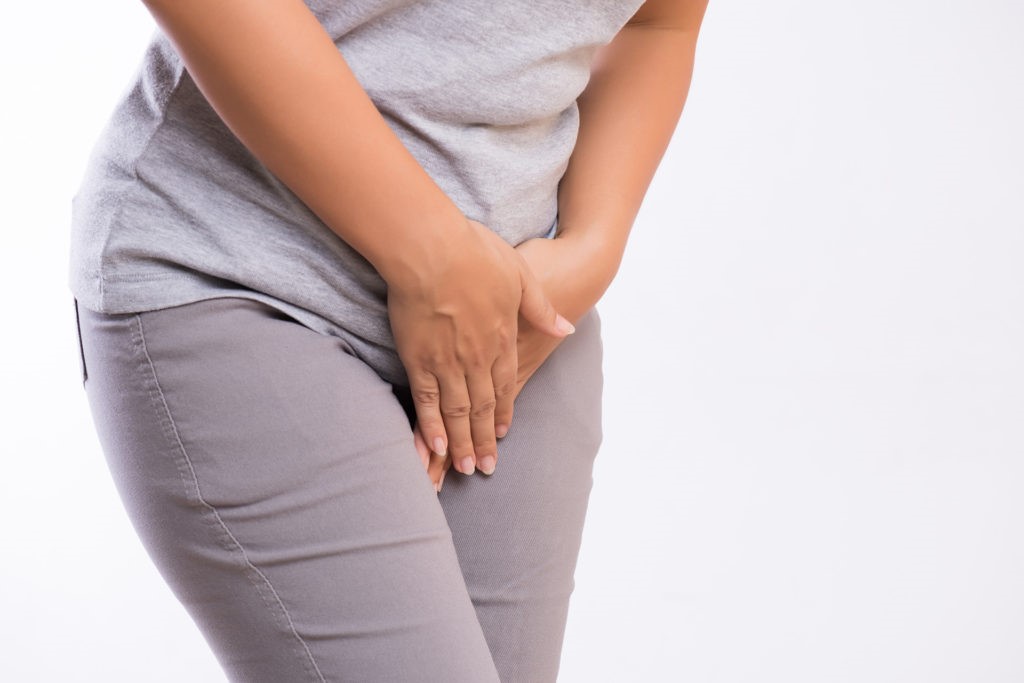
Urinary incontinence: which treatments are most effective
What is urinary incontinence? Women today are dynamic and busy on many fronts: from work to family, from 1,000 interests and hobbies to sport
They do not want to restrict their freedom because of annoying urinary incontinence, which creates a lot of problems in everyday life and also negatively affects social and family relationships
Contrary to what one might think, urinary incontinence is not necessarily an age-related condition and is not only a female condition.
On the contrary!
In reality, although in a smaller percentage, men can also suffer from it, albeit for different causes than women.
Urinary incontinence can manifest itself in varying degrees of severity depending on frequency and modalities
Leakage may be
- small, occurring sporadically on the occasion of a simple laugh or sneeze;
- frequent and copious, so much so that they become part of the sufferer’s daily routine. In these cases the patient usually tries to contain them with the use of sanitary towels.
The most severe stage is the one that is also accompanied by lack of control by the anal sphincter, i.e. faecal incontinence.
Causes of urinary incontinence
Urinary incontinence is characterised by the inability to control both the urethral sphincters and the bladder, which is often prolapsed.
This condition may depend on many often associated factors, such as:
- connective or metabolic diseases, such as diabetes;
- hormonal factors such as menopause;
- traumatic post-natal or surgical outcomes such as hysterectomy.
But that’s not all.
Even recurrent bladder inflammations or major cystitis can induce structural alterations of the bladder wall and urethral sphincters, altering the perception of the stimulus and thus causing an increase in both urinary frequency and urgency.
In men, however, it can occur as a result of:
- prostatic pathologies;
- traumatic surgical outcomes.
Finally, those suffering from neurological diseases such as Parkinson’s and Alzheimer’s or spinal cord injuries, which impair nerve function to varying degrees, including the urinary tract, are also subject to this type of disabling condition.
Remedies for urinary incontinence
The latest generation of tampons are a good help, but if used daily and for many hours, they can cause side problems, triggering a vicious cycle of infections that worsen the patient’s overall health picture.
Moreover, some forms of incontinence are so severe that they cannot be effectively managed with these aids alone.
However, there are effective and definitive solutions to this pathology.
Let’s look at them below.
From pelvic floor rehabilitation to surgery
If the incontinence is due to a pelvic and/or perineal disorder, either anatomical or functional (e.g., single-organ pelvic prolapse, defecatory obstruction, and pelvic abdominal dyssynergia), before proceeding with surgery, the first step is to attempt to rehabilitate the pelvic floor, whose job is to support the pelvic organs and allow proper urinary and defecatory functions.
To do this, Electrostimulated Pelvic Abdominal Rehabilitation or biofeedback is used, which, by means of endocavitary probes, allows the patient to regain physiological control of sphincter muscle activity and thus improve both urinary and faecal continence.
It generally takes only 5 to 10 sessions of about 1 hour to see the first results.
If the structural and functional situation of the pelvis and its organs is significantly impaired or if pelvic floor rehabilitation fails, surgery remains the most suitable choice.
Safe and with fast recovery times, it guarantees important results.
It involves the insertion of a prosthetic mesh under simple laparoscopy or robotic surgery which, by reinforcing the pelvic floor and stabilising the correct positioning of the endopelvic organs, allows the bladder and urethra to modulate downward movements correctly after strain.
This will then allow normal urinary continence to be regained.
Fillers for urinary incontinence
Fillers are indicated especially in more severe cases of urinary incontinence, when the leakage occurs at rest and not after exertion.
They use instillations of collagen around the urethral duct, which, by increasing in thickness, narrow its diameter so that significant leakage of urine can be limited.
These are fillers, which are reabsorbed by the body and therefore the subject may have to undergo this type of procedure repeatedly, every 2 years or so.
This method is performed as an outpatient procedure, following local anaesthesia.
In cases where urinary urgency is the main disabling symptom, botulinum infiltration into the bladder wall during cystoscopy is indicated.
In fact, botox is not merely a matter of aesthetic medicine, but can be useful to control bladder muscle activity, obviously only in specific and well-selected cases.
Read Also
Emergency Live Even More…Live: Download The New Free App Of Your Newspaper For IOS And Android
Overactive Bladder: Symptoms, Diagnosis And Treatment
What Is Faecal Incontinence And How To Treat It
Saphenous Incontinence: What It Is And The Latest Techniques To Treat It
The Symptoms, Diagnosis And Treatment Of Bladder Cancer
Cystitis: Symptoms, Causes And Remedies
Cystitis, Antibiotics Are Not Always Necessary: We Discover Non-Antibiotic Prophylaxis
Infections Of The Bladder Mucosa: Cystitis
Colour Changes In The Urine: When To Consult A Doctor
Acute Hepatitis And Kidney Injury Due To Energy Drink Consuption: Case Report
Bladder Cancer: Symptoms And Risk Factors


